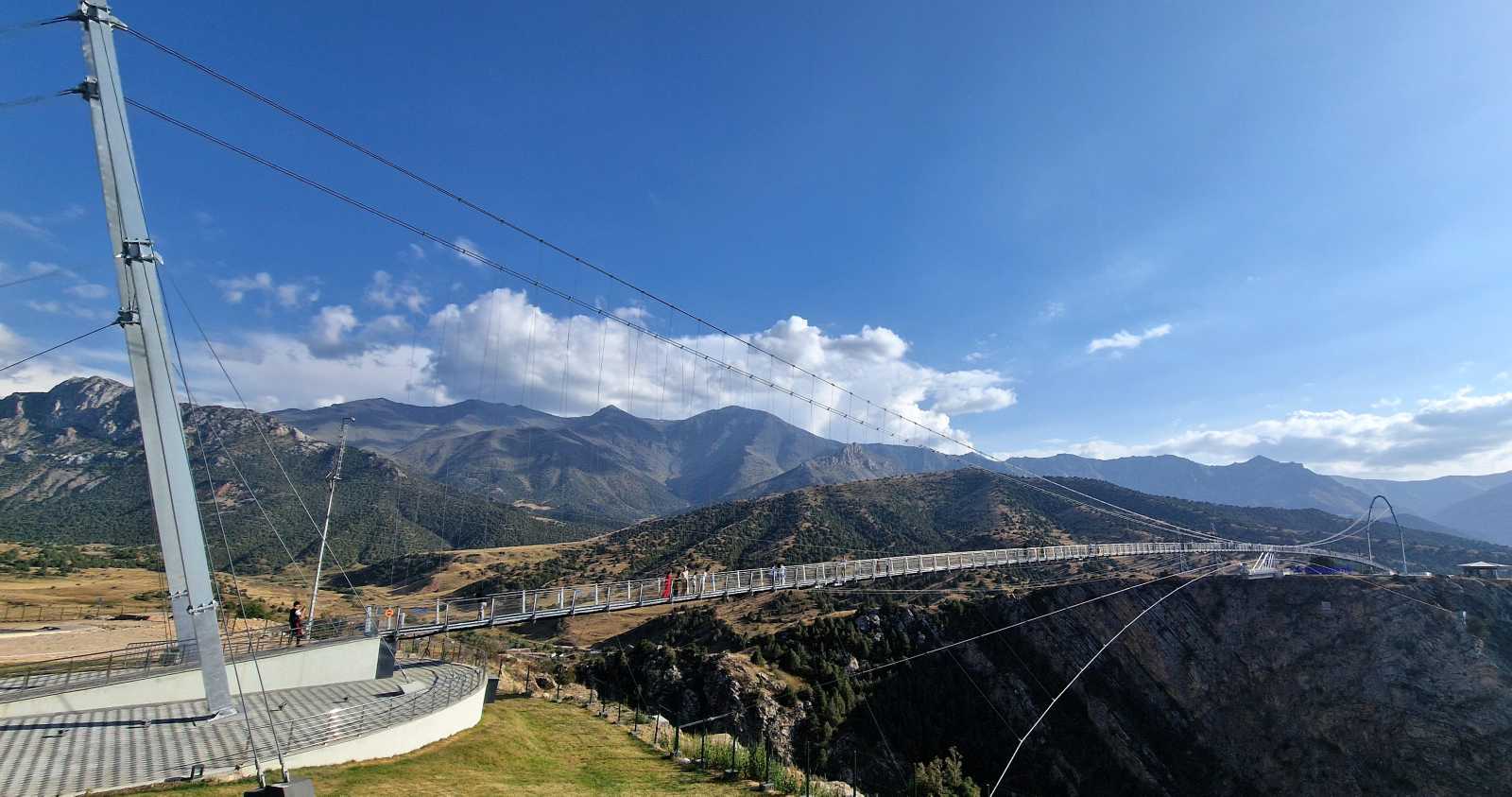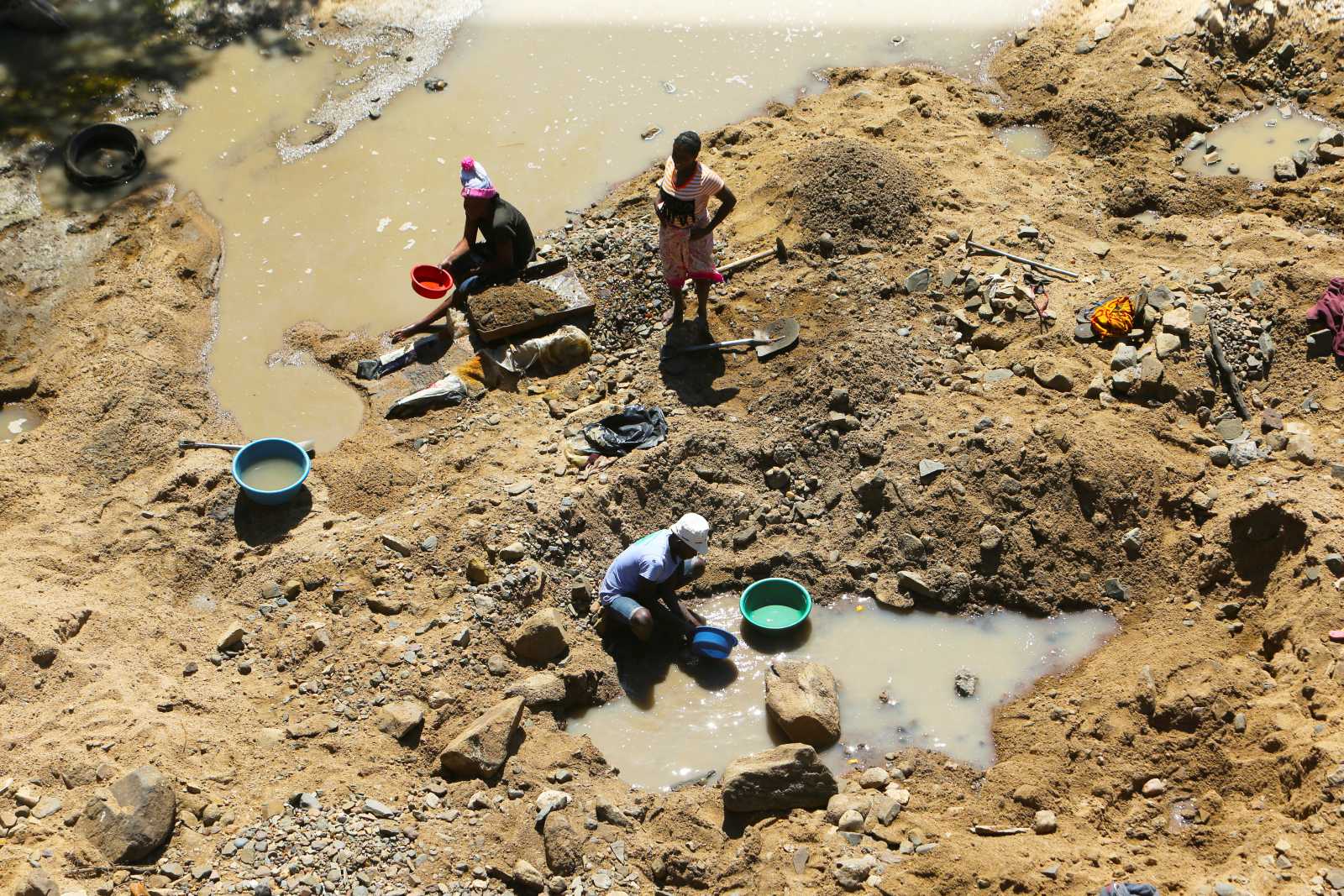Post-conflict society
Excellent work for women
Why are women needed in the police force?” Martha Picado Aguilar, head of the Commission for Women and Children, finds the question bewildering. She insists there must be at least one female officer in each patrol unit in case a woman needs to be frisked. “And of course a female officer is needed for cases of gender-related violence – you don’t want a woman who has been raped, for example, to have to tell a man what happened, do you?”
This approach is by no means the international norm. Police forces in many other countries get by with hardly any female officers. In other Latin American countries, for example, women make up only about 10 % of the police force. Nicaragua, however, places importance on promoting female officers and taking care of women who become victims of violence. In 2005, the Inter-American Development Bank singled out Nicaragua’s police force for having the best gender policy in Latin America.
Elizabeth Rodríguez Obando, the head of the police academy, says that promoting women is about more than simply observing human rights. General Commissioner Francisco Bautista adds that women in the force improve policing: “The presence of women has a moderating effect and creates trust, whether we are talking about traffic police, criminal investigations or the management of demonstrations.” There is a long history behind Nicaraguan police taking gender issues seriously. It began with the Sandinista revolution of 1979.
Just over 30 years ago, Martha Picado Aguilar was a Sandinista guerrillera. She tracked military jeeps, helped at barricades and made molotov cocktails. After the Sandinistas won, she became a policewoman overnight. Her life’s story is not unusual in Nicaragua. After the revolution, all security forces that had been faithful to the Somoza regime were replaced by guerrilla combatants. The high percentage of women among the Sandinistas was reflected in the new police force: women made up 35 %. “At first, we had no idea about police work; we had to learn everything,” Picado says. “At the same time, we had to cultivate our fields to ensure our livelihoods.”
Ever since, female officers have worked on keeping their ratio in the force strong. Picado recollects that, after the change of government in 1990, male colleagues began to move ahead. The new government downsized the police force and reduced public welfare programmes, including day care centres, without which many women could not continue paid work. The women’s share in the police force dropped to 17 % by the mid-1990s. “I applied for nine positions,” Picado says, “but men were always given preference even though they had fewer qualifications.”
Nonetheless, gender equality was always stated as a political goal. But since things were not going well in practice, a group of female officers took matters into their own hands. One of them was Aminta Granera, Nicaragua’s current police chief. The group organised advanced training programmes for police women. In 1993, the Commission for Women and Children was established to handle the concerns of victims of domestic and sexual violence. In 1996, the principle of gender equality was included in the police statutes. Moreover, counselling centres on gender issues (Consejos Consultivos de Género) were set up to monitor female officers’ work conditions.
Taking over a male domain
Police work is not always easy for women. It is tough to combine family life with long and often unpredictable working days with 24 hour shifts. Wages are low and officers must frequently deal with violence. The physical requirements for women have been adjusted as part of the gender equality policy. For example, the minimum height was reduced to 1.55 metres from 1.65 metres, which was too tall for most women. Nonetheless, the demands are still high.
Targets for womens’ advancement helped. The police conducted a media campaign calling for female applicants and reformed the training programme. The share of women in the force began to rise again. In recent years, the number of women holding senior and management positions has gone up too. This has delighted experts from the German aid agency GIZ. GTZ, the predecessor, provided support to Nicaragua’s police when its leaders were implementing their gender policy in the years 1996 to 2005. An evaluation three years later showed that the share of women had almost reached 30 %, which is considered well-balanced by international standards.
Other positive aspects include the attention paid to gender issues in police training and the expanded jurisdiction of the Commission for Women and Children. “The development proves that the police is serious about these issues,” says Miriam Diaz of GIZ. Her colleague Ligia Gutiérrez adds: “The police are sticking to the gender policy even without our support.” The GIZ project has entered a second phase which is about raising yet more awareness of gender issues among the police academy’s teaching staff, including more sensitive ways to deal with female crime victims.
Gender-related violence
The police’s Commission for Women and Children is in charge of the gender policy. According to GIZ data, one in three Nicaraguan men regularly beat their wives, and one in two do so occasionally. In its 2010 Annual Report, Amnesty International deplored this country’s high frequency of rape. Two thirds of the victims were reported to be under the age of 17, with 90 % of the perpetrators being relatives and family members. Staff from the Commission for Women and Children includes trained female psychologists, doctors and lawyers. They support victims during the cumbersome bureaucratic process, from filing complaints through to court hearings. In 2008, there were about 28,500 complaints, 20,000 of which went before the court.
The most challenging part is to break a victim’s silence. For this reason, Commission teams travel in small buses (known as “mobile Commissions”) to remote areas with high levels of violence, in order to facilitate complaints. Moreover, more than 3,000 voluntary facilitators have been trained. Most of them are victims of violence themselves. Their role is tosupport other affected women in their hometowns.
Thanks to the Commission for Women and Children, Nicaragua is several steps ahead of its neighbouring countries, which all tend to have high levels of domestic and sexualised violence, as is typical of post-conflict societies. Nonetheless, Amnesty International continues to criticise inadequate policing as well as a lack of justice for abused women. Recurring complaints in the national media are more evidence of policing deficits. The country’s security forces are seriously understaffed, which adds to the problems. Nicaragua has 175 police officers for every 100,000 people, while the worldwide average is 350. Even though the Commission has made considerable progress, a lot still remains to be done.








